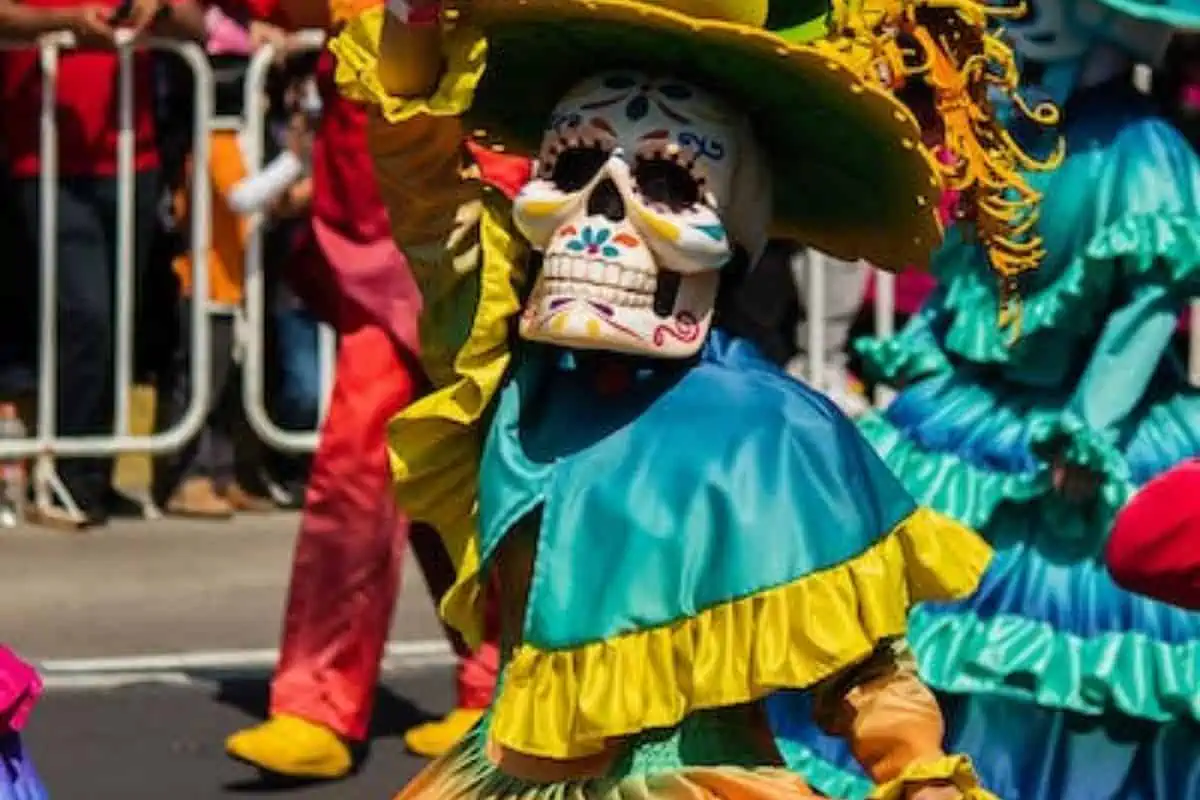The Day of the Dead is a special time in which Mexicans, in particular, celebrate and remember family members. As well as ancestors that have passed on.
The history behind the Day of the Dead
To date, The Day of the Dead is sometimes celebrated on the 28th of October for family members that have died tragically. It is also for those that have died accidentally. These also include those who have died without being baptized and are in limbo.
However, the official day for deceased individuals takes place on the 1st and the 2nd of November. The first is a ceremony for children that have passed on. While the 2nd is for adults that have passed on.
Presently, the Day of the Dead is a tradition that is home to Brazil, Mexico, the US, and many other countries. These festivities are usually accompanied by festive decorations and events that are a remembrance of those that have passed on.
Thus far, The Day of the Dead dates back to the 11th century. When Christianity was prominently practicing persecution and execution. In the 13th century, the 1st of November was recognized as All Saints Day by the Roman Catholic Church.
Rituals associated with the day
Right now, the Day of the Dead is currently associated with the belief that life after death does not cease and that they continue onto the land of the afterlife.
During these celebrations, families make use of different rituals to bring back those who have passed on. These take the form of dropping petals to a place they previously belonged to. Most times, a room is adorned with candles, while the number of candles lit represents the number of souls they want to bring back.
In addition, the lit candles and petals on the ground are meant to be a guide to their loved ones and bring them back home to where they belong.
Currently, the Day of the Dead has become increasingly popular. With as many as 400 000 people celebrating the day on October 28th.
Source: NBC News
